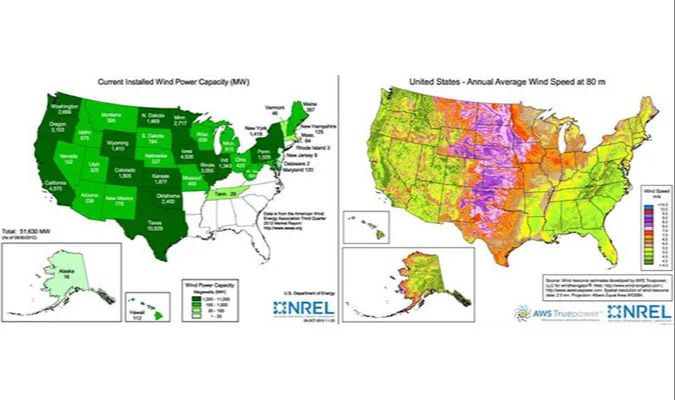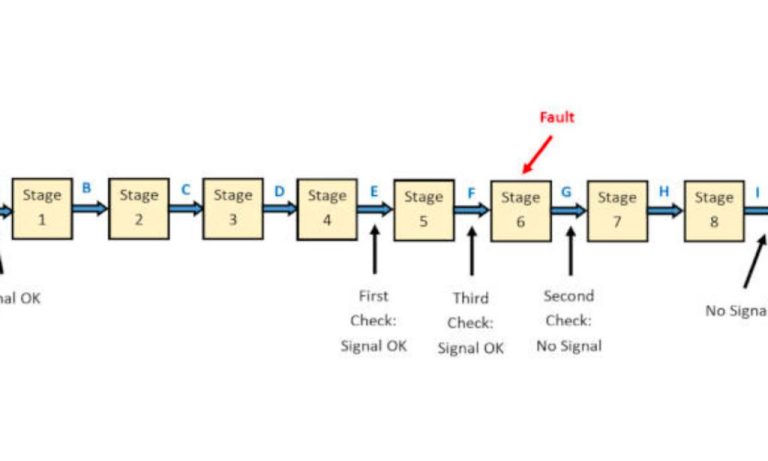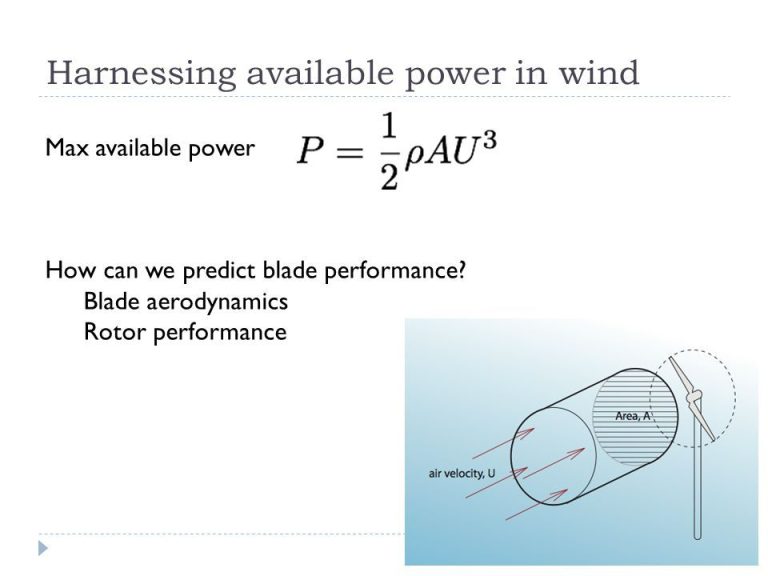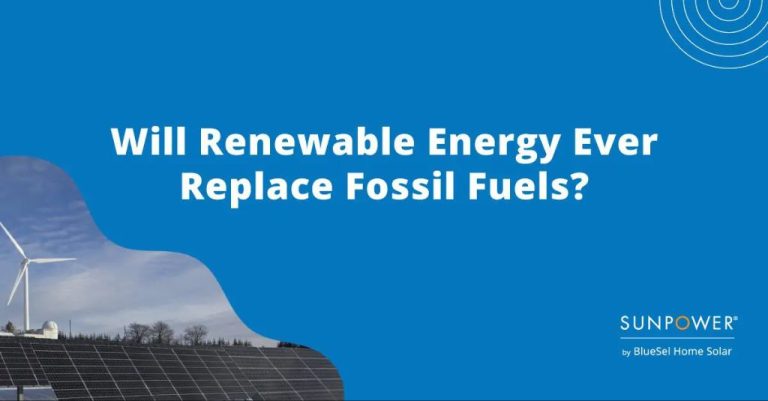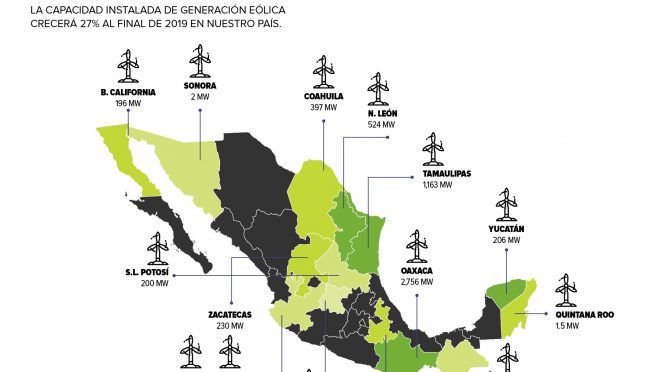How Do We Use Wind For Kids?
What is Wind?
Wind is simply air in motion. It is caused by differences in air pressure within our atmosphere. Air moves from areas of high pressure to areas of low pressure, creating wind. The heating and cooling of the atmosphere by the sun is what drives these pressure differences across Earth’s surface.
During the day, the sun heats up the land faster than the seas. The warm air over the land expands and rises, creating an area of lower pressure. The higher pressure, cooler air over the water then moves in to fill the gap, creating the sea breeze. At night, the opposite happens, as the land rapidly cools while the ocean retains more heat, creating the land breeze.
The rotation of the Earth also impacts global wind patterns. In the tropical regions near the equator, the trade winds blow from east to west, while in the mid-latitudes, the prevailing westerlies blow from west to east. The circulation between these wind belts drives weather patterns around the world.
So in summary, wind is the movement of air across the planet, driven by the sun’s heating and the rotation of the Earth. It is an important part of the global atmospheric circulation system that influences weather, climate, and ocean currents.
Why is wind important?
Wind is an important renewable energy source that can help reduce our dependence on fossil fuels. Unlike coal or natural gas, wind is a clean energy source that does not pollute the air or contribute to climate change. Wind energy is also abundant, renewable, and affordable.
When wind blows and turns the blades of a wind turbine, it generates electricity. Large wind farms with many wind turbines can provide power to thousands of homes and businesses. Wind energy helps diversify our energy supply and makes communities more resilient to changes in fuel prices. It also creates jobs and boosts local economies.
As an abundant, renewable, and pollution-free energy source, wind power is one of the keys to building a sustainable energy future and combating global climate change. Teaching kids about wind energy can help them understand where our electricity comes from while learning about renewable energy solutions.
How do wind turbines work?
Wind turbines convert wind energy into electricity using the power of the wind to spin large blades connected to a generator. When the wind blows, it pushes against the blades causing them to turn. This rotational motion spins a shaft inside the nacelle (head of the turbine) which then turns the generator to produce electricity. The generator uses magnetic fields to convert the mechanical rotation into electrical energy. The stronger the wind, the faster the rotational speed, which results in more electricity being generated. The electricity is then sent down the turbine tower through cables to a transformer which converts the electricity from low voltage to higher voltage levels for transmission and distribution.
Fun facts about wind
Wind is not just useful for generating electricity or powering sailboats. It also plays an important ecological role on our planet. Here are some fun facts about the ways wind shapes environments and helps spread seeds and wildlife:
Wind helps disperse seeds far and wide. Many plants like dandelions and maple trees rely on the wind to carry their tiny seeds from place to place. This helps spread plant species across wide areas and maintain biodiversity.
Wind also enables seeds from trees like pines and coconuts to drift far away from the parent plant, preventing overcrowding and giving new saplings a chance to thrive. Palm tree seeds even evolved to have “wings” that catch the wind better!
Birds, bats, and insects all use wind patterns and updrafts to travel long migrations and find food. Many birds use thermals, pockets of warm rising air, to help them glide and soar without flapping their wings as much on long migrations.
Over long periods of time, wind shapes landscapes like deserts and canyons. Wind erosion and deposition of sand dunes over centuries transforms rocky landscapes into sandy deserts. The curves and arches of famous canyons were also formed as softer stone eroded away by wind over millennia.
Wind’s effects on seed dispersal, animal movement, and slow erosion demonstrate the many subtle but important ecological roles it plays on Earth over both short and very long timescales. Paying attention to wind patterns provides clues to the natural history of environments and species.
Wind Energy Pros and Cons
Wind energy has become an increasingly popular source of renewable power over the past few decades. Let’s look at some of the main advantages and disadvantages of harnessing wind energy.
Pros:
- Renewable – Wind energy does not require fuel and will never run out. It’s abundantly available.
- Clean – Wind turbines produce no air or water pollution. They emit no greenhouse gases.
- Cost-effective – New wind power is affordable and prices continue to fall. Wind turbines have become very efficient.
- Reliable – Improvements in turbine technology have reduced downtime and operational issues.
- Abundant – Wind power is available in many areas worldwide. Wind farms can provide electricity to remote locations.
- Versatile – Wind turbines can be built on land or offshore in water. They can range from small to very large.
Cons:
- Intermittent – Wind speeds are not perfectly consistent. Energy production depends on wind patterns.
- Land use – Large wind farms require significant areas of land. Turbines must be spaced far apart.
- Avian impacts – Bird and bat mortality is higher around wind turbines.
- Noise pollution – Older wind turbines can be loud and irritating for nearby human residents.
- Visual impacts – Some find wind farms visually unappealing as they dot natural landscapes.
- Initial cost – While wind energy is inexpensive to run, the upfront capital costs for wind projects can be high.
Overall, wind power brings significant environmental and economic advantages over fossil fuel energy sources. But the drawbacks like intermittent production and land use challenges must also be weighed and addressed through careful wind farm planning and siting.
Notable wind farms
Some of the largest wind farms in the world are capable of generating huge amounts of renewable energy. The Gansu Wind Farm in China, for example, has an installed capacity of over 6,000 megawatts, making it the largest wind farm in the world. Located in the Gansu province, this massive wind farm consists of multiple wind farms that contain thousands of individual wind turbines. Gansu is an ideal location for wind power due to its windy and semi-arid climate.
Other notable large wind farms include the Alta Wind Energy Center in California, the Jiuquan Wind Power Base in Gansu Province, China, and the Roscoe Wind Farm in Texas. The Alta Wind Energy Center is one of the largest onshore wind farms in the world with an installed capacity of 1,550 megawatts. The Jiuquan Wind Power Base has an installed capacity of 6,000 megawatts and Roscoe has 781 megawatts of capacity. These enormous wind farms demonstrate how wind can be harnessed on a massive scale to provide clean, renewable power around the world.
Wind-powered vehicles
Wind can propel various types of vehicles across water and land without the need for a motor. Sailing has been used for thousands of years to move ships and boats across bodies of water. The wind pushes the sail and propels the boat forward. Sailboats come in many different sizes, from small dinghies to massive cruise ships.
Windsurfing was invented in the 1960s and involves standing on a board while holding a sail. The sail catches the wind and pulls the rider across the water. Windsurfers can reach high speeds as they race across lakes and oceans.
Land sailing applies the power of the wind to vehicles on land. Land sailing vehicles such as carts, buggies, and sail wagons can achieve surprising speeds across open plains. Land sailing is both a recreational activity and a competitive sport.
Kitesurfing has become popular in recent decades. The rider stands on a board and holds onto a large controllable kite that catches the wind and propels them across the water. Kitesurfers can perform tricks and jumps as they surf.
All of these wind-powered sports and vehicles harness the free power of the wind for transportation and fun. They demonstrate how versatile and useful wind can be.
Kite History and Designs
Kites were first invented in China over 2,000 years ago, where they were flown for fun and used for military signaling. From China, kites spread to other Asian countries like Japan, Korea, Thailand and India. Kites have been important in Asian cultures for centuries and are still popular traditional toys today.
Over the past few hundred years, kites spread from Asia to Europe, Africa and the Americas. Different cultures have created their own kite designs and flying traditions.
There are many different types of kites. Some are designed for fun flying, while others are designed to generate lift and pull with the wind. Two main categories of kites are stunt kites and power kites:
- Stunt kites are small, agile single-line kites used to perform tricks and stunts. They are flown with two or four lines to control their movement.
- Power kites are large traction kites designed to generate force and pull users. They include leading edge inflatable kites, parafoils, sled kites and others.
In recent decades, innovators have experimented with power kites for wind energy, sailing, sports and transportation. Kites continue to take on new forms and purposes today.
Build a wind experiment
A fun way for kids to learn about wind power is by building their own wind experiments. The two most popular wind experiments for kids are windmills and pinwheels. Both are easy to make with common household materials.
To make a windmill, you’ll need:
- 5 Popsicle sticks
- A paper clip
- A pencil with an eraser
- Tape
- Scissors
Use the tape to secure 4 Popsicle sticks into an X shape. Push the paperclip through the cross section of the X to connect the sticks into a wheel. Then use the 5th stick as the windmill’s tail. Push the pencil through the paperclip loop to act as the windmill’s axis. Your windmill is ready for wind!
For a pinwheel, you’ll need:
- Paper
- Push pin
- Pencil
- Scissors
Cut a square piece of paper. Draw two diagonal lines from corner to corner making an X. Cut along these diagonal lines stopping halfway. Bring the corners to the center and push the pin through the middle to hold the pinwheel together. Now attach the pinwheel to the eraser end of the pencil. Find a windy spot and watch your pinwheel spin!
Wind books and media
There are many great books and shows that can teach kids about wind in a fun and engaging way. Here are some recommendations:
Books
Some good fiction books featuring wind include The Wind in the Willows by Kenneth Grahame, which has the character Mr. Toad obsessed with motorcars and speed. Gone with the Wind by Margaret Mitchell is also a classic depicting the American Civil War and Reconstruction Era from a Southern viewpoint.
For non-fiction books, Feel the Wind by Arthur Dorros follows a boy flying his kite on a windy day and describes the science behind wind in an accessible way. The Boy Who Harnessed the Wind by William Kamkwamba tells the true story of how a boy in Malawi built a wind turbine to save his village from famine.
Movies and Shows
The classic film Mary Poppins features the magical nanny Mary Poppins flying using her umbrella with the help of the East wind. In the Pixar animated film Up, the main character ties thousands of balloons to his house to make it fly up into the wind.
For educational programs on wind, the PBS children’s show Sid the Science Kid has an episode called “Let’s Go Fly a Kite” exploring kites and wind. The Magic School Bus also has an episode called “Blows Its Top” that sees Ms. Frizzle’s class learning about wind and storms.

